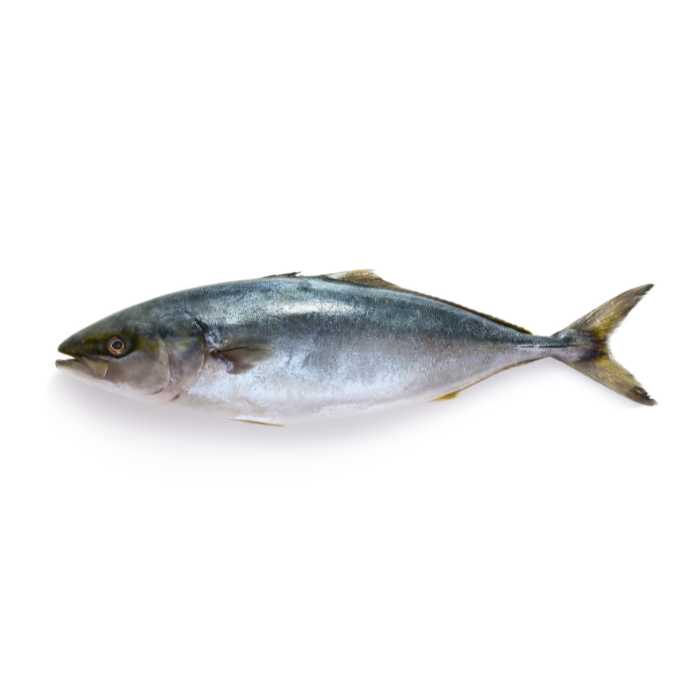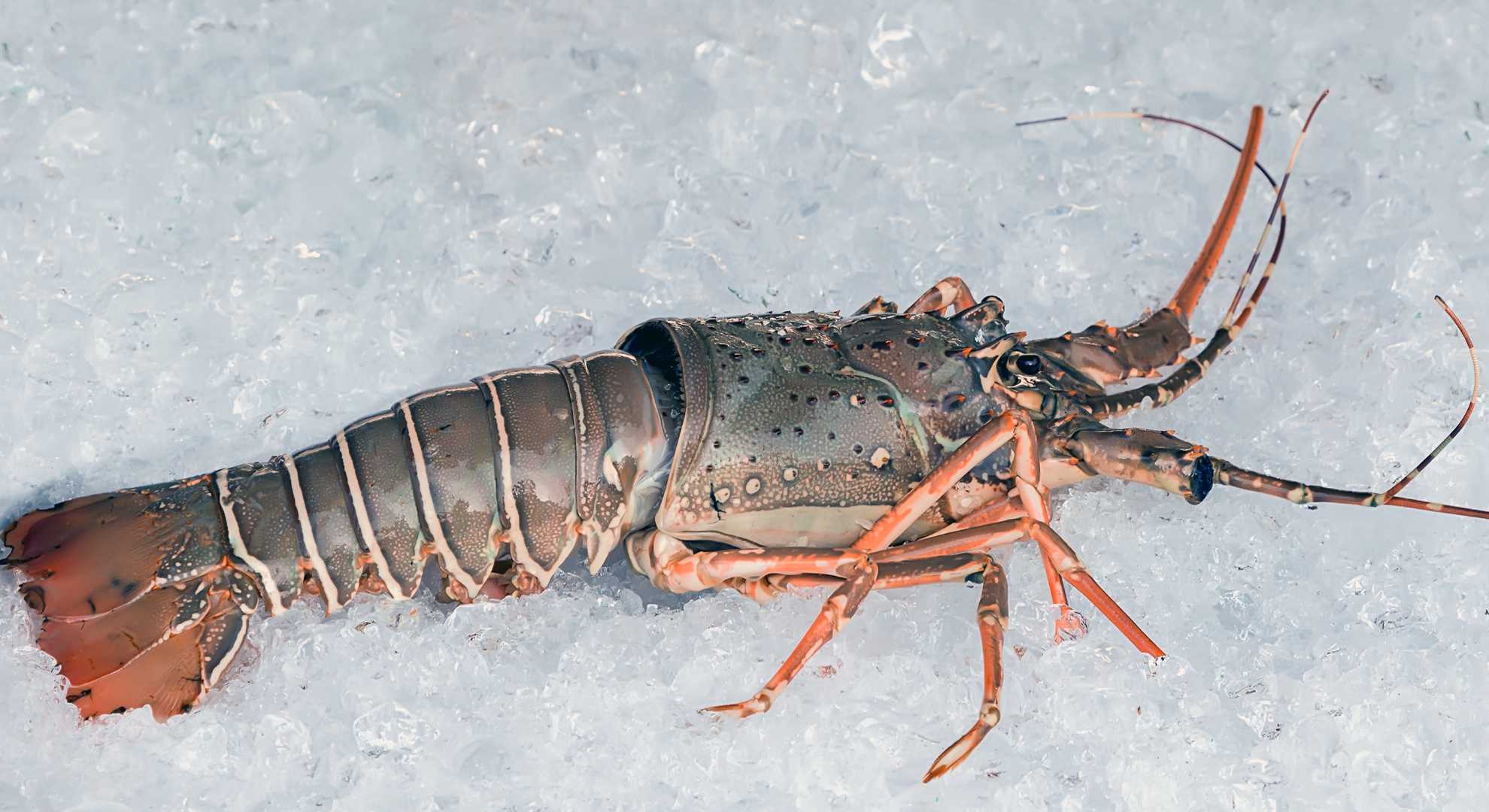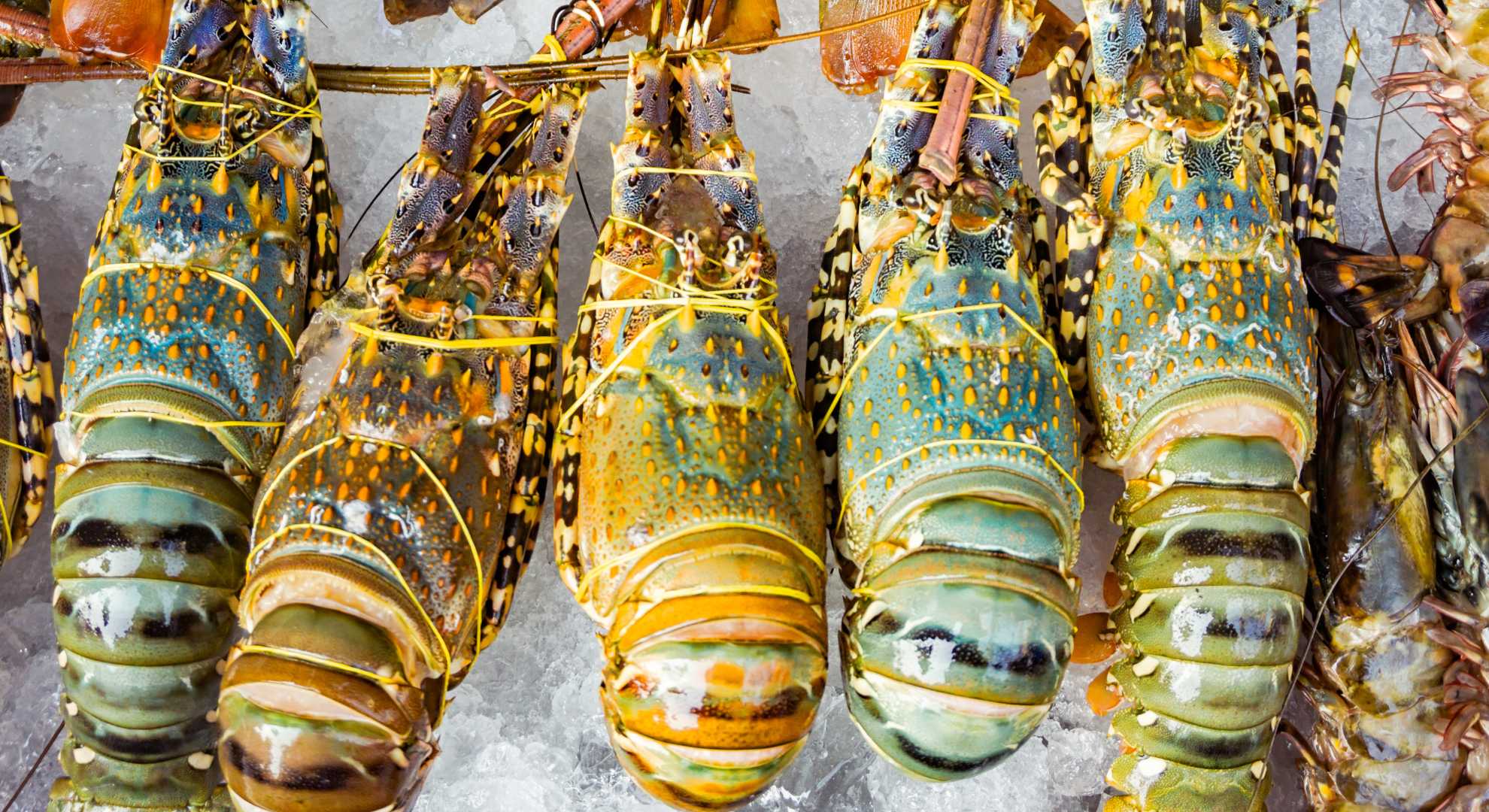Introduction Clownfish, with their vibrant colors and unique behaviors, are some of the most beloved sea fish in the world. These small, tropical fish are often found in coral reefs and shallow waters of the Indian and Pacific Oceans. In this article, we will delve into the captivating characteristics and interesting facts about these charming marine creatures.
Paragraph 2: Physical Features and Adaptations Clownfish are recognized by their striking orange, yellow, and white coloration, adorned with bold black stripes. This vibrant appearance serves as a form of protection, warning predators that they are toxic and not suitable for consumption. Interestingly, clownfish are also known for their mutualistic relationship with sea anemones. They are immune to the anemone’s stinging tentacles, which provide them with a safe haven, while the clownfish offer food in the form of leftover scraps and protection from other potential predators.
Paragraph 3: Social Structure and Reproduction Clownfish live in small groups within a hierarchical social structure. The largest and most dominant fish in the group is the female, and the second-largest is the breeding male. The rest of the group consists of non-breeding males. In the event of the breeding female’s death, the breeding male will transform into a female to continue the reproductive cycle. These fish have a fascinating mating ritual where the female lays her eggs on a flat surface close to the anemone, and the male diligently guards and ventilates the eggs until they hatch.
Paragraph 4: Feeding Habits and Diet Clownfish are omnivores, meaning they consume both animal and plant matter. Their diet mainly consists of small crustaceans, algae, and plankton. Interestingly, their diet plays a role in the bright colors of their bodies. The carotenoid pigments from the food they eat are absorbed into their skin, giving them their characteristic vibrant hues.


